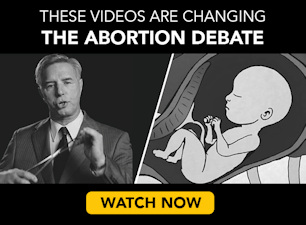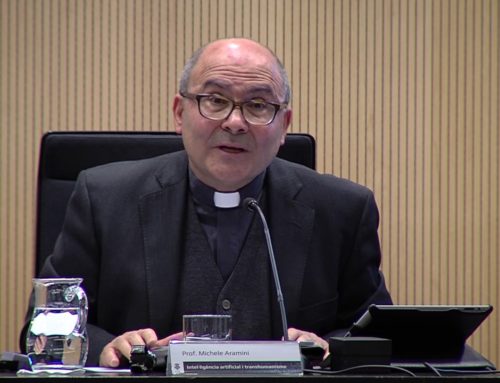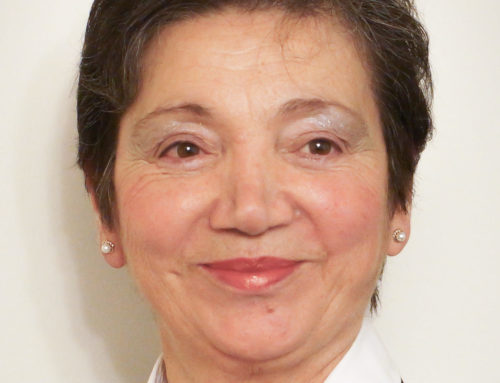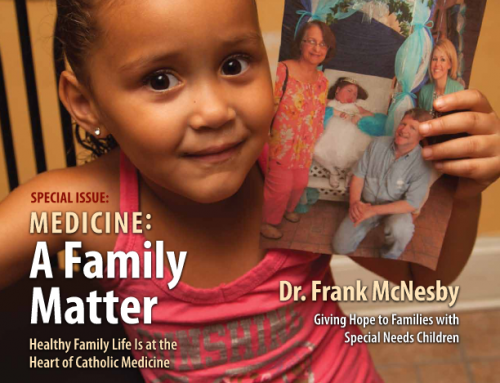40 quotes from medical experts and textbooks that prove human life begins at conception
Here is a list of 40 quotes from medical experts and medical textbooks that prove human life begins at conception/fertilization.
- “The life cycle of mammals begins when a sperm enters an egg.”
Okada et al., A role for the elongator complex in zygotic paternal genome demethylation, NATURE 463:554 (Jan. 28, 2010)
2. “Fertilization is the process by which male and female haploid gametes (sperm and egg) unite to produce a genetically distinct individual.”
Signorelli et al., Kinases, phosphatases and proteases during sperm capacitation, CELL TISSUE RES. 349(3):765 (Mar. 20, 2012)
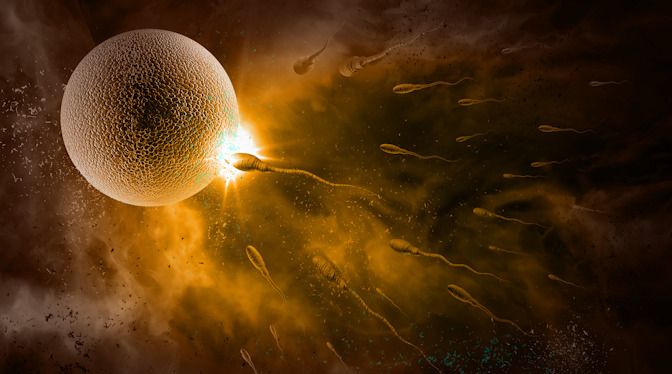
3. “The oviduct or Fallopian tube is the anatomical region where every new life begins in mammalian species. After a long journey, the spermatozoa meet the oocyte in the specific site of the oviduct named ampulla, and fertilization takes place.”
Coy et al., Roles of the oviduct in mammalian fertilization, REPRODUCTION 144(6):649 (Oct. 1, 2012) (emphasis added).
4. “Fertilization – the fusion of gametes to produce a new organism – is the culmination of a multitude of intricately regulated cellular processes.”
Marcello et al., Fertilization, ADV. EXP. BIOL. 757:321 (2013). National Institutes of Health, Medline Plus Merriam-Webster Medical Dictionary (2013).
5. “The government’s own definition attests to the fact that life begins at fertilization. According to the National Institutes of Health, ‘fertilization’ is the process of union of two gametes (i.e., ovum and sperm) ‘whereby the somatic chromosome number is restored and the development of a new individual is initiated.’”
Steven Ertelt”Undisputed Scientific Fact: Human Life Begins at Conception, or Fertilization” LifeNews.com11/18/13
6. “Human life begins at fertilization, the process during which a male gamete or sperm (spermatozoo developmentn) unites with a female gamete or oocyte (ovum) to form a single cell called a zygote. This highly specialized, totipotent cell marked the beginning of each of us as a unique individual.” “A zygote is the beginning of a new human being (i.e., an embryo).”
Keith L. Moore, The Developing Human: Clinically Oriented Embryology, 7th edition. Philadelphia, PA: Saunders, 2003. pp. 16, 2.
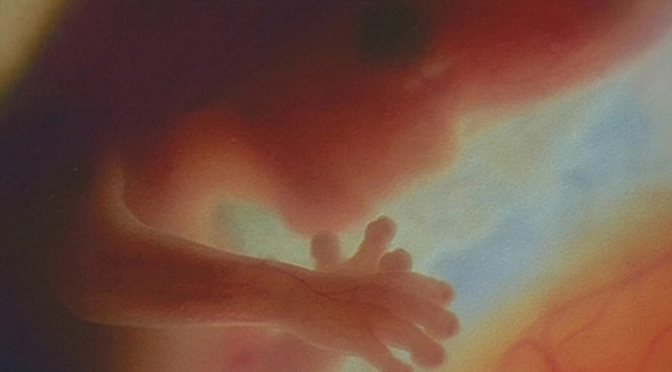 Preborn child at 12 weeks
Preborn child at 12 weeks
7. “In that fraction of a second when the chromosomes form pairs, the sex of the new child will be determined, hereditary characteristics received from each parent will be set, and a new life will have begun.”
Kaluger, G., and Kaluger, M., Human Development: The Span of Life, page 28-29, The C.V. Mosby Co., St. Louis, 1974.
8. An embryology textbook describes how birth is just an event in the development of a baby, not the beginning of his/her life.
“It should always be remembered that many organs are still not completely developed by full-term and birth should be regarded only as an incident in the whole developmental process.”
F Beck Human Embryology, Blackwell Scientific Publications, 1985 page vi
9. “It is the penetration of the ovum by a sperm and the resulting mingling of nuclear material each brings to the union that constitutes the initiation of the life of a new individual.”
Clark Edward and Corliss Patten’s Human Embryology, McGraw – Hill Inc., 30
10. “Although it is customary to divide human development into prenatal and postnatal periods, it is important to realize that birth is merely a dramatic event during development resulting in a change in environment.”
The Developing Human: Clinically Oriented Embryology fifth edition, Moore and Persaud, 1993, Saunders Company, page 1

11. “Your baby starts out as a fertilized egg… For the first six weeks, the baby is called an embryo.”
Prenatal Care, US Department Of Health And Human Services, Maternal and Child Health Division, 1990
12. “Landrum B. Shettles, M.D., P.h.D. was first scientist to succeed at in vitro fertilization: ‘The zygote is human life….there is one fact that no one can deny; Human beings begin at conception.’
“Zygote is a term for a newly conceived life after the sperm and the egg cell meet but before the embryo begins to divide.”
From Landrum B. Shettles “Rites of Life: The Scientific Evidence for Life Before Birth” Grand Rapids, MI: Zondervan, 1983 p 40
13. The medical textbook, Before We Are Born – Essentials of Embryology and Birth Defects, states:
“The zygote and early embryo are living human organisms.”
Keith L. Moore & T.V.N. Persaud Before We Are Born – Essentials of Embryology and Birth Defects (W.B. Saunders Company, 1998. Fifth edition.) Page 500
14. “Thus a new cell is formed from the union of a male and a female gamete. [sperm and egg cells] The cell, referred to as the zygote, contains a new combination of genetic material, resulting in an individual different from either parent and from anyone else in the world.”
Sally B Olds, et al., Obstetric Nursing (Menlo Park, California: Addison – Wesley publishing, 1980) P 136
15. “The term conception refers to the union of the male and female pronuclear elements of procreation from which a new living being develops. It is synonymous with the terms fecundation, impregnation, and fertilization … The zygote thus formed represents the beginning of a new life.”
J.P. Greenhill and E.A. Freidman. Biological Principles and Modern Practice of Obstetrics. Philadelphia: W.B. Saunders Publishers. 1974 Pages 17 and 23.
16. “Development begins with fertilization, the process by which the male gamete, the sperm, and the femal gamete, the oocyte, unite to give rise to a zygote.”
T.W. Sadler, Langman’s Medical Embryology, 10th edition. Philadelphia, PA: Lippincott Williams & Wilkins, 2006. p. 11.
17. “[The zygote], formed by the union of an oocyte and a sperm, is the beginning of a new human being.”
Keith L. Moore, Before We Are Born: Essentials of Embryology, 7th edition. Philadelphia, PA: Saunders, 2008. p. 2.
18. “Although life is a continuous process, fertilization… is a critical landmark because, under ordinary circumstances, a new genetically distinct human organism is formed when the chromosomes of the male and female pronuclei blend in the oocyte.”
Ronan O’Rahilly and Fabiola Miller, Human Embryology and Teratology, 3rd edition. New York: Wiley-Liss, 2001. p. 8.
19. “[All] organisms, however large and complex they might be as full grown, begin life as a single cell. This is true for the human being, for instance, who begins life as a fertilized ovum.”
Dr. Morris Krieger “The Human Reproductive System” p 88 (1969) Sterling Pub. Co

20. “The first cell of a new and unique human life begins existence at the moment of conception (fertilization) when one living sperm from the father joins with one living ovum from the mother. It is in this manner that human life passes from one generation to another. Given the appropriate environment and genetic composition, the single cell subsequently gives rise to trillions of specialized and integrated cells that compose the structures and functions of each individual human body.
“Every human being alive today and, as far as is known scientifically, every human being that ever existed, began his or her unique existence in this manner, i.e., as one cell. If this first cell or any subsequent configuration of cells perishes, the individual dies, ceasing to exist in matter as a living being. There are no known exceptions to this rule in the field of human biology.”
James Bopp, ed., Human Life and Health Care Ethics, vol. 2 (Frederick, MD: University Publications of America, 1985)
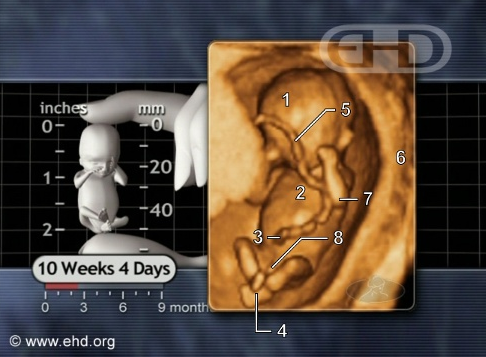
21. “In fusing together, the male and female gametes produce a fertilized single cell, the zygote, which is the start of a new individual.”
Rand McNally, Atlas of the Body, (New York: Rand McNally and Company, 1980) 139, 144.
22. “[The Zygote] results from the union of an oocyte and a sperm. A zygote is the beginning of a new human being. Human development begins at fertilization, the process during which a male gamete or sperm … unites with a female gamete or oocyte … to form a single cell called a zygote. This highly specialized, totipotent cell marks the beginning of each of us as a unique individual.”
The Developing Human: Clinically Oriented Embryology, 6th ed. Keith L. Moore, Ph.D. & T.V.N. Persaud, Md., (Philadelphia: W.B. Saunders Company, 1998), 2-18
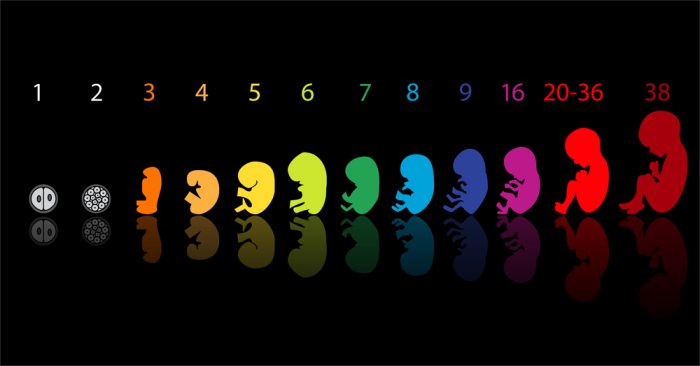
23. “….it is scientifically correct to say that human life begins at conception.”
Dr. Micheline Matthews-Roth, Harvard Medical School: Quoted by Public Affairs Council
24. “… Conception confers life and makes you one of a kind. Unless you have an identical twin, there is virtually no chance, in the natural course of things, that there will be “another you” – not even if mankind were to persist for billions of years.”
Shettles, Landrum, M.D., Rorvik, David, Rites of Life: The Scientific Evidence for Life Before Birth, page 36, Zondervan Publishing House, Grand Rapids, Michigan, 1983
25. From Newsweek November 12, 1973:
“Human life begins when the ovum is fertilized and the new combined cell mass begins to divide.”
Dr. Jasper Williams, Former President of the National Medical Association (p 74)
26. “The formation, maturation and meeting of a male and female sex cell are all preliminary to their actual union into a combined cell, or zygote, which definitely marks the beginning of a new individual. The penetration of the ovum by the spermatozoon, and the coming together and pooling of their respective nuclei, constitutes the process of fertilization.”
Leslie Brainerd Arey, “Developmental Anatomy” seventh edition space (Philadelphia: Saunders, 1974), 55
27. The Biology of Prenatal Development, National Geographic, 2006 (Video)
“Biologically speaking, human development begins at fertilization.”
28. In the Womb, National Geographic, 2005 (Prenatal Development Video)
“The two cells gradually and gracefully become one. This is the moment of conception, when an individual’s unique set of DNA is created, a human signature that never existed before and will never be repeated.”

29. “The zygote therefore contains a new arrangement of genes on the chromosomes never before duplicated in any other individual. The offspring destined to develop from the fertilized ovum will have a genetic constitution different from anyone else in the world.”
DeCoursey, R.M., The Human Organism, 4th edition McGraw Hill Inc., Toronto, 1974. page 584
30. “The science of the development of the individual before birth is called embryology. It is the story of miracles, describing the means by which a single microscopic cell is transformed into a complex human being. Genetically the zygote is complete. It represents a new single celled individual.”
Thibodeau, G.A., and Anthony, C.P., Structure and Function of the Body, 8th edition, St. Louis: Times Mirror/Mosby College Publishers, St. Louis, 1988. pages 409-419
31. “The development of a new human being begins when a male’s sperm pierces the cell membrane of a female’s ovum, or egg….The villi become the placenta, which will nourish the developing infant for the next eight and a half months.”
Scarr, S., Weinberg, R.A., and Levine A., Understanding Development, Harcourt Brace Jovanovich, Inc., 1986. page 86
32. “Each human begins life as a combination of two cells, a female ovum and a much smaller male sperm. This tiny unit, no bigger than a period on this page, contains all the information needed to enable it to grow into the complex …structure of the human body. The mother has only to provide nutrition and protection.”
Clark, J. ed., The Nervous System: Circuits of Communication in the Human Body, Torstar Books Inc., Toronto, 1985, page 99
33. “A zygote (a single fertilized egg cell) represents the onset of pregnancy and the genesis of new life.”
Turner, J.S., and Helms, D.B., Lifespan Developmental, 2nd ed., CBS College Publishing (Holt, Rhinehart, Winston), 1983, page 53
34. “Almost all higher animals start their lives from a single cell, the fertilized ovum (zygote)… The time of fertilization represents the starting point in the life history, or ontogeny, of the individual.”
Carlson, Bruce M. Patten’s Foundations of Embryology. 6th edition. New York: McGraw-Hill, 1996, p. 3
35. “Embryo: The developing individual between the union of the germ cells and the completion of the organs which characterize its body when it becomes a separate organism…. At the moment the sperm cell of the human male meets the ovum of the female and the union results in a fertilized ovum (zygote), a new life has begun…. The term embryo covers the several stages of early development from conception to the ninth or tenth week of life.”
Considine, Douglas (ed.). Van Nostrand’s Scientific Encyclopedia. 5th edition. New York: Van Nostrand Reinhold Company, 1976, p. 943
36. Lennart Nilsson A Child is Born: Completely Revised Edition (Dell Publishing Co.: New York) 1986
“…but the whole story does not begin with delivery. The baby has existed for months before – at first signaling its presence only with small outer signs, later on as a somewhat foreign little being which has been growing and gradually affecting the lives of those close by…”
37. “In that fraction of a second when the chromosomes form pairs, [at conception] the sex of the new child will be determined, hereditary characteristics received from each parent will be set, and a new life will have begun.”
Kaluger, G., and Kaluger, M., Human Development: The Span of Life, page 28-29, The C.V. Mosby Co., St. Louis, 1974
38. “The development of a human being begins with fertilization, a process by which two highly specialized cells, the spermatozoon from the male and the oocyte from the female, unite to give rise to a new organism, the zygote.”
Langman, Jan. Medical Embryology. 3rd edition. Baltimore: Williams and Wilkins, 1975, p. 3
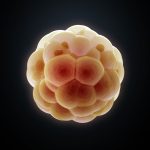
39. “It is the penetration of the ovum by a spermatozoan and resultant mingling of the nuclear material each brings to the union that constitutes the culmination of the process of fertilization and marks the initiation of the life of a new individual.”
Human Embryology, 3rd ed. Bradley M. Patten, (New York: McGraw Hill, 1968), 43.
40. “Fertilization is an important landmark because, under ordinary circumstances, a new, genetically distinct human organism is thereby formed… Fertilization is the procession of events that begins when a spermatozoon makes contact with a secondary oocyte or its investments… The zygote … is a unicellular embryo..”
From Human Embryology & Teratology, Ronan R. O’Rahilly, Fabiola Muller, (New York: Wiley-Liss, 1996), 5-55.



